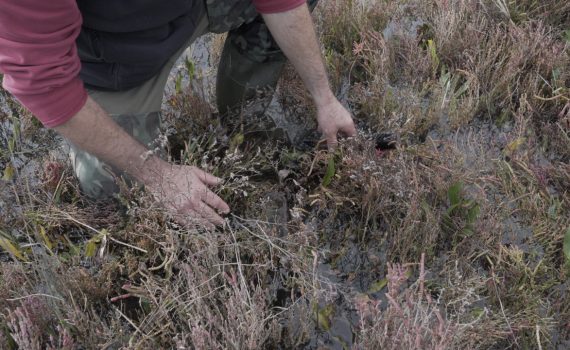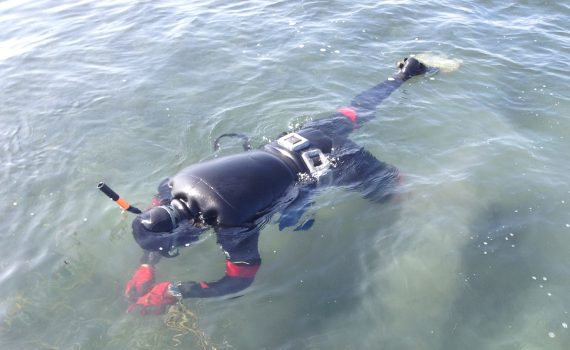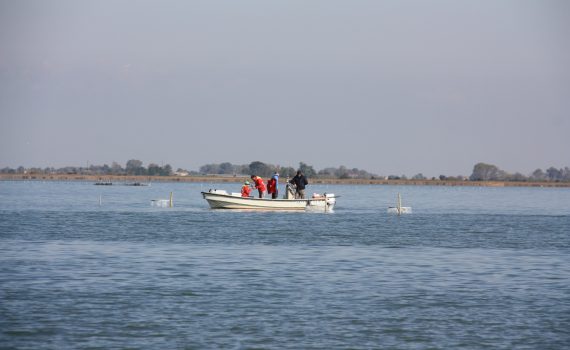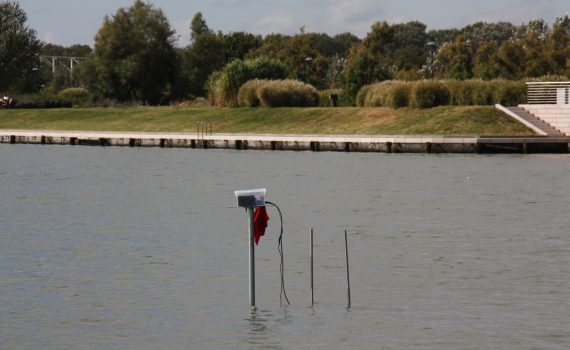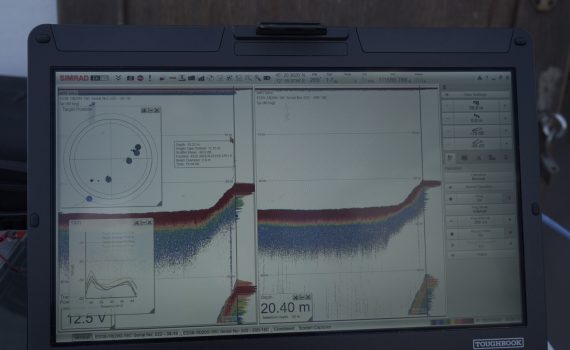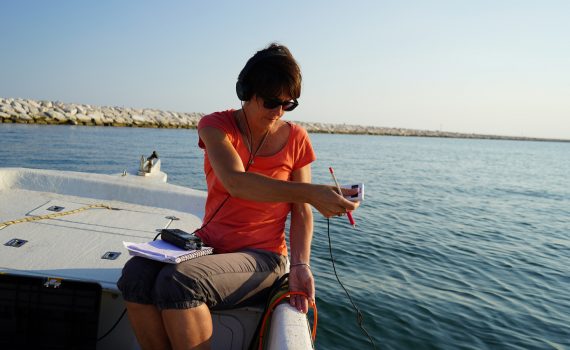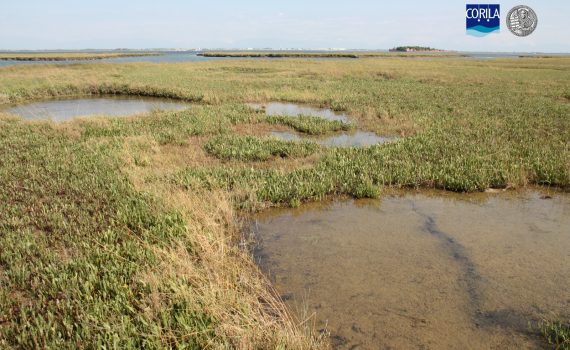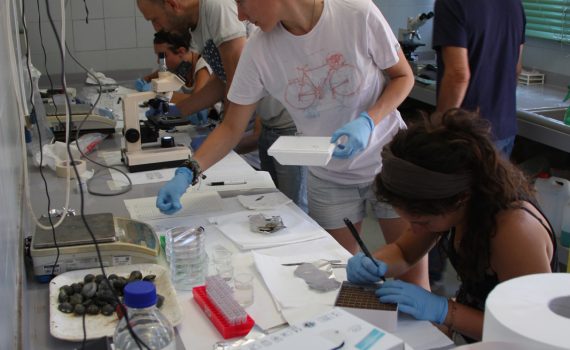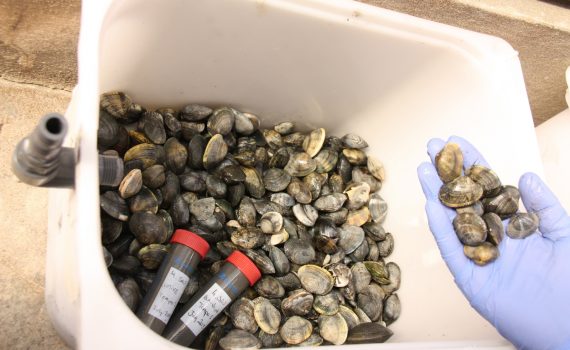CORILA studies new approaches, based on the knowledge acquired in Venice and the regulations applied in other countries. The CORILA researches that have investigated these issues concern chemical contamination, speciation and flows of pollutants, the bioavailability and biotoxicity of contaminants in the Venice lagoon.
Published on 18-06-2021
Chemical contamination and risks for lagoon organisms
The presence of a city and an industrial center in the lagoon is accompanied by the introduction of pollutants into the environment. The legislation is finally very strict today, but still largely based on measures of the presence of pollutants in the matrices (water and sediment), rather than on the effects induced on living matter, which depend on the actual bioavailability and biotoxicity of the pollutants themselves. These aspects, which are fundamental not only for understanding the state of health of the environment, but also for proposing new treatments, represent a frontier for research.
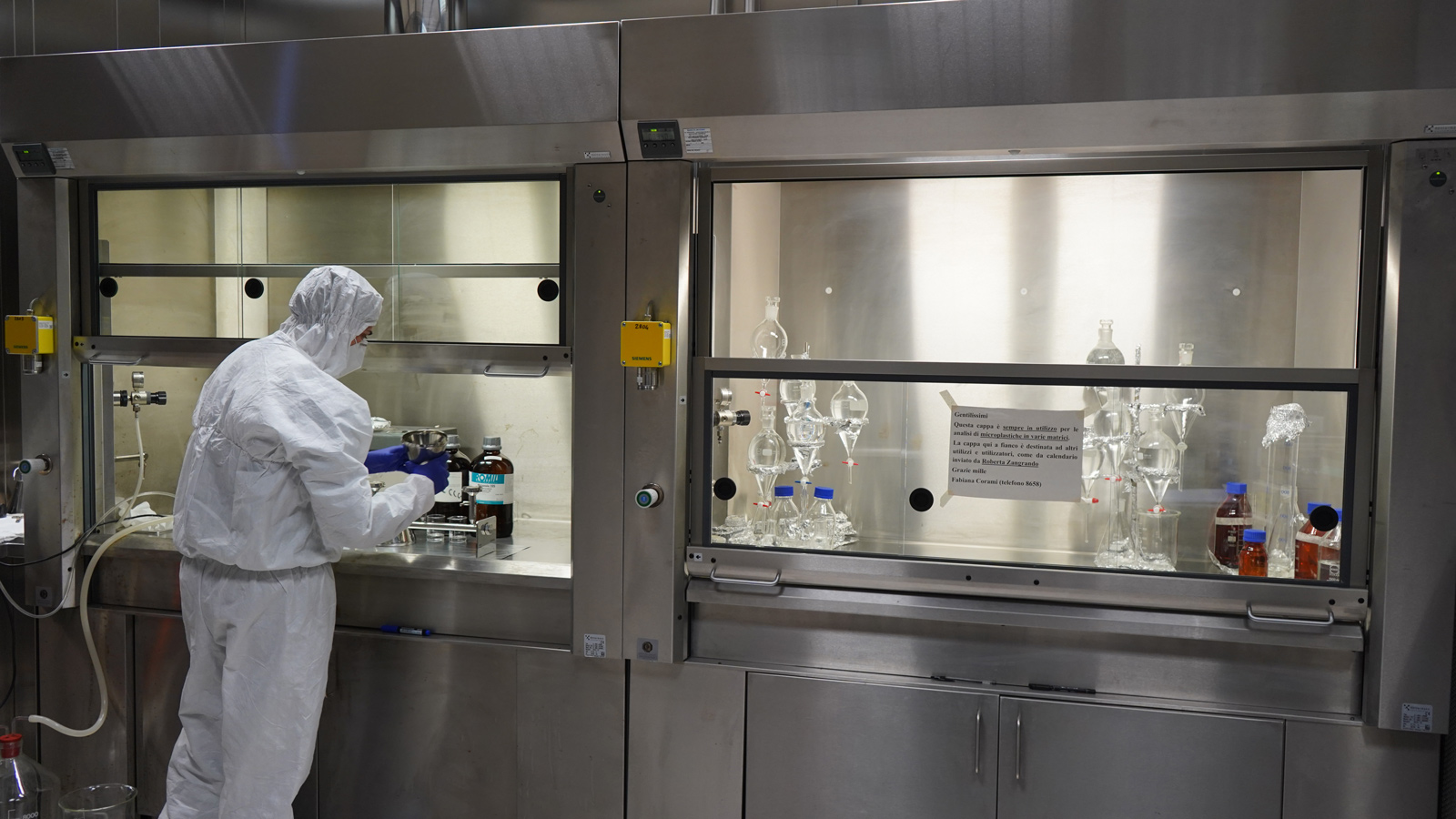
In a context such as that of the lagoon, the assessment of the quality of the sediment is crucial, given the essential role it plays in the aquatic environment. Therefore, all the activities related to its management (dredging operations of navigation channels or reconstruction of morphological structures), indispensable in the management of the lagoon and which involve the handling of large quantities of sediment, cannot ignore the consideration of environmental sustainability criteria. . One of the objectives of the Venezia2021 research program is therefore to deepen the knowledge relating to the contamination of the lagoon sediment and the dynamics that influence it, also in relation to the entry into operation of the MOSE, through the targeted integration of experimental and modeling approaches that make it possible to investigate specific problems so far little or nothing studied.
The proposed investigations will also consider the production activities related to the breeding of the Ruditapes philippinarum clam. Furthermore, if so far the study of sediment pollution has been focused on “priority” organic and inorganic pollutants, there is now a need to extend knowledge on the presence of emerging contaminants (such as endocrine disruptors, pharmaceuticals, pesticides, microplastics, etc. .) and the (eco) toxicological effects that these can have on ecosystems and human health (through the consumption of edible organisms).
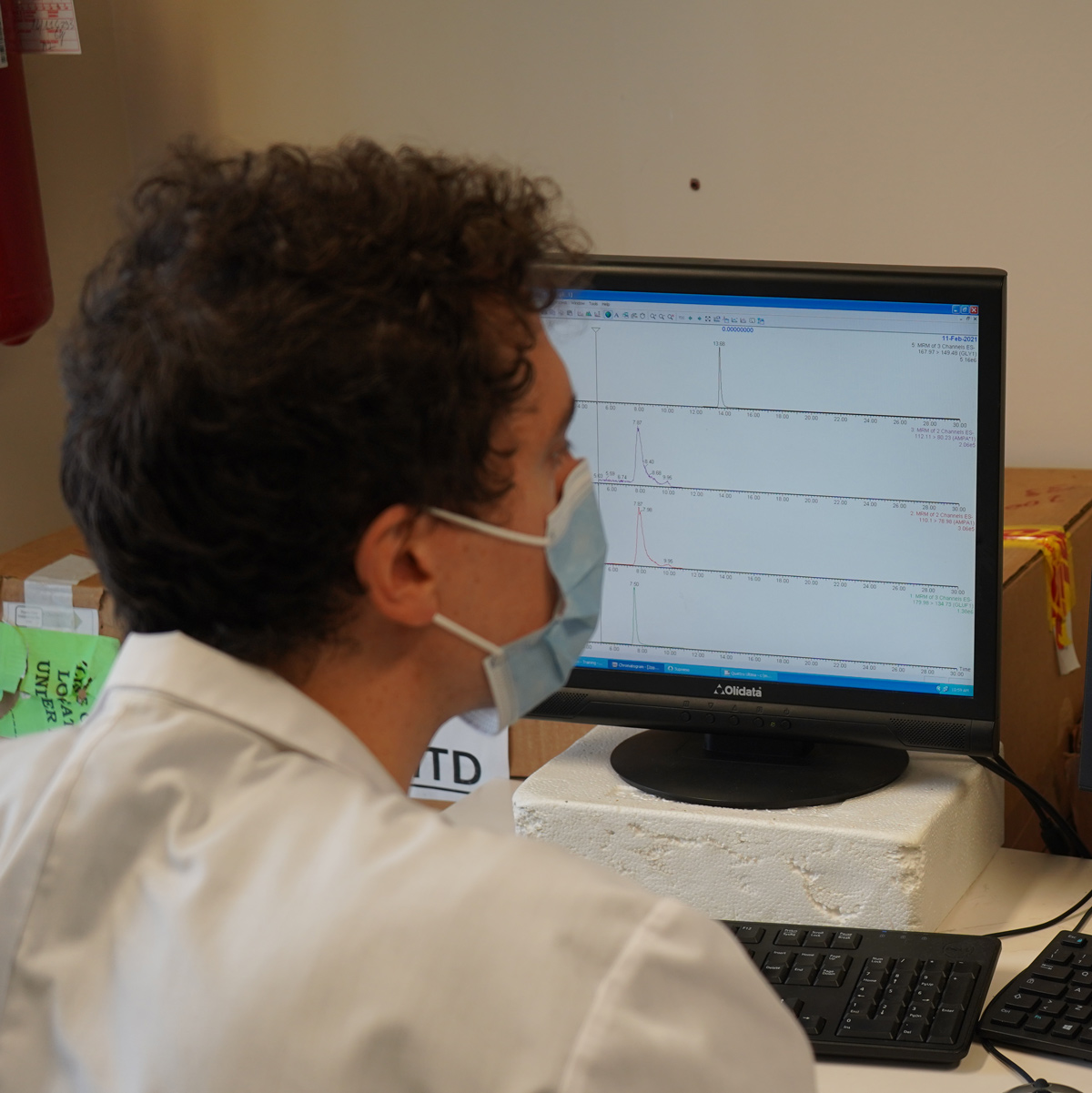
The use of antifouling paints, such as those used to protect boats from biofouling, involves the release of biocides into the water. The Interreg Italy-Slovenia GreenHull project “Green technologies for ecological cleaning of biological fouling on hulls in the Upper Adriatic”, in which CORILA is a Partner, is developing an innovative and ecological prototype for cleaning hulls, which provides for immediate removal from waste water from cleaning the biological encrustations, before the reintroduction of water into the environment.
DANUBIUS-RI, the International Center for Advanced Studies on River-Sea Systems, of which CORILA is a part, is an environmental research infrastructure distributed on the roadmap of the European Strategic Forum on Research Infrastructures (ESFRI).
DANUBIUS-RI’s vision is to create healthy river-sea systems and promote their sustainable use by offering a cutting-edge integrated research infrastructure from the source of the river to the sea; facilitating excellent interdisciplinary science and providing the integrated knowledge necessary to manage and protect river-sea systems. Among the research priorities for the first five years of DANUBIUS-RI’s activity is “Nutrients and Pollutants”: Understanding and quantifying the single and combined effects of nutrients and pollutants in water and sediments to establish critical thresholds as a means of supporting the achievement of a good state on the scale of the River-Sea System.



